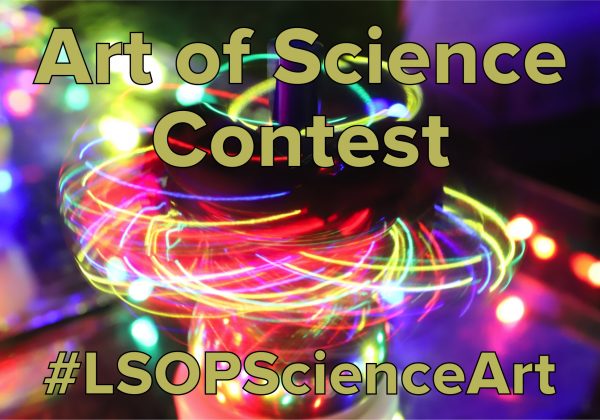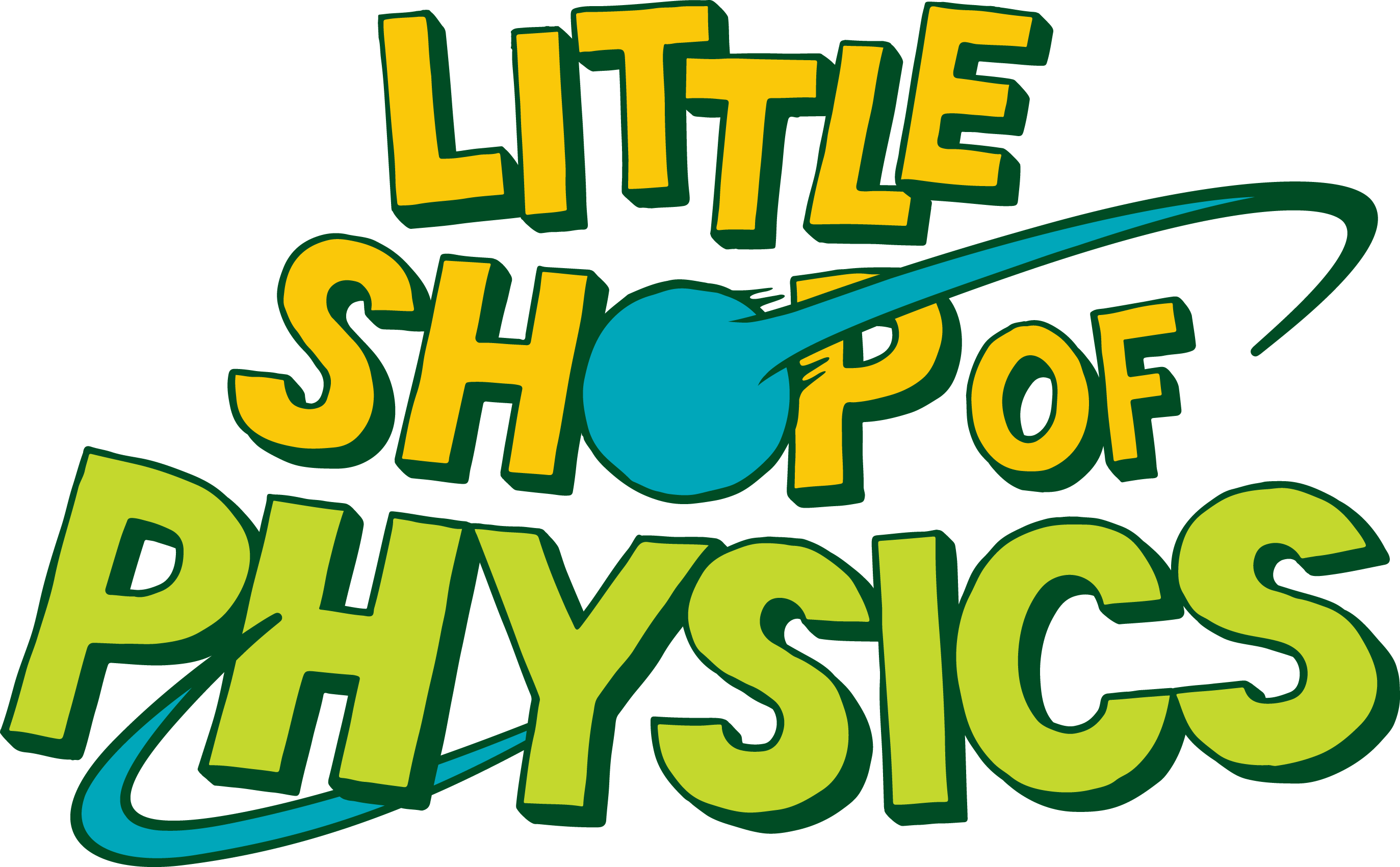Poudre School District Art of Science Contest — Spring 2020
Thank you to all of the 6-12 Poudre School District students who entered our Art of Science Contest! Every entry was evaluated by our team of Colorado State University students and staff, and every entrant will receive detailed feedback. Additionally, 8 entries were awarded prizes and 4 students received honorable mentions (see below)!
Congratulations to all of our winners, especially Ruth Karan from Lesher Middle School who received Best In Show (and one other award) for her entry, “An Extrasolar Escapade”. In addition to their prizes, 3 of the awardees will have an opportunity to work with Little Shop of Physics at their school or at CSU once it is safe to do so.
Best in Show and Most Creative Representation of Something That Cannot Normally Be Seen or Heard
An Extrasolar Escapade
by Ruth Karan, Lesher Middle School
Over 4,000 exoplanets, or extrasolar planets, have been discovered, and more continue to be identified. Exoplanets orbit other stars besides our Sun, which is what I attempted to delineate in my drawing through an artistic expression. Exoplanets are numerous and unique and range in their size, with some as large as Jupiter, and others that are smaller in size. The recently discovered Kepler-1649c exoplanet is thought of as the most similar planet to Earth that has been discovered so far. Scientists’ hopes about discovering another Earth has been heightened after this discovery. In my drawing I tried to demonstrate the possibility of the existence of “another Earth”, as represented by the silhouette of the cat and the sloping hill with grass. Multiple exoplanets can orbit a single star, so ideally, the cat is looking out on the galaxy from another exoplanet that is orbiting the same star. I used a wide variety of colors of oil pastels and paint pens to create this artwork, and used different techniques (i.e. blending the pastels, using paint pens, creating the shooting stars) which I found on the internet to characterize the galaxy and the planets.
Sources:
1. https://i.ytimg.com/vi/WhqneQKDjI8/maxresdefault.jpg
2. https://exoplanets.nasa.gov/
3. https://www.nasa.gov/image-feature/kepler-1649c-earth-size-habitable-zone-planet-hides-in-plain-sight/
Best Representation of a Concept, Experiment, or Achievement in the Life Sciences
The Human Brain
by Sofia Garza, Lesher Middle School
Most of what we do is the brain’s choices, the brain contains around one hundred billion nerve cells or neurons. It is made up of many more things like the Spinal Cord, the Cerebellum, Pons, The pituitary gland, and many more complex details of the brain included in the diagram I made. Did you know that there are jobs for these parts so they can do there work, for example, the job of the spinal cord is to be the command center for your body basically the spinal cord is the route for messages sent by the brain to the body. Then there is the cerebellum and its job to be in charge of balance, motoric walking, motoric activities, standing, and coordination of voluntary movements. The job of the pons is very important to the brain for the control of a number of vital functions. And for the pituitary gland, Its main function is to produce hormones into your bloodstream. The job of the optic nerve is to tell the brain what you see and the brain turns it into an image. Then job the corpus callosum is to combine sensory, motor, and cognitive performances between the cerebral cortex on one side of the brain to the same region on the other side. Also, the thalamus has a task and the task is to receive and pass on the motor and sensory signals to the cerebral cortex. Along with the thalamus is the hypothalamus their task is to link the nervous system to the endocrine system en route to the pituitary gland. And last but not least the job of the cerebral cortex is needed for voluntary activities including speech, language, and many other things including thinking and memory.
Best Representation of a Concept, Experiment, or Achievement in the Physical Sciences
Meteor in the Night Sky
by Madison Sontag, Cache La Poudre Middle School
Meteors turn different colors depending on the metallic content, that is why mine is yellow, yellow is iron. I drew two constellations, the big dipper and the little dipper. The telescope near the right bottom indicates that somebody was looking at the night sky.
Best Representation of a Mystery or Open Question in Science
The Mysterious Black Hole
by Emma Chambers, Cache La Poudre Middle School
Did you know that the closest black hole to Earth is just 1,000 light years away? This may seem very far, however, in the scale of space it is relatively close. Black holes are areas in space where the gravity is so strong that nothing can escape the pull. My painting is a representation of what the closest black hole to Earth, in a system called HR 6819, may look like. Next to the black hole are two stars that are visible from Earth. There is something unusual about this black hole though. According to the article “Black Hole found 1,000 light years from Earth”, “Almost all the other black holes that we know are in the Milky Way- and there are only two dozen of them-shine very brightly in X-rays.” This newly discovered black hole does not shine in X-rays though. If we are only just now discovering our closest black hole yet, what does this mean? Could there be more mysteries waiting just around the corner?
Sources:
https://www.theguardian.com/science/2020/may/06/black-hole-found-1000-light-years-from-earth?utm_source=dlvr.it&utm_medium=facebook
https://en.wikipedia.org/wiki/Black_hole
Best Representation of a Scientific Issue of Social Importance
Save the Ocean!!!
by Kaedynce Martinez, Lesher Middle School
The picture I drew captures what the Coral reef is like naturally beautiful colorful and no trash and also with humans interaction with pollution trash and oil spills causing discoloration.
Best Use of a Non-traditional Artistic Medium
My Spray Paint Galaxy
by Lee West, Cache La Poudre Middle School
This is my video of the spray paint galaxy art that I have done.
Best Use of Humor or Comedy to Explain a Scientific Concept
Uranus
by Aubrey First, Lesher Middle School
This video is about Uranus. Specifically facts about how many moons it has, its rings, aircraft that was close to the planet, and other fun facts about Uranus.
Honorable Mention
A Fading Red Panda
by Nevin Ehrhart, Fort Collins High School
I was doing research on the Red Panda (Ailurus Fulgens), when I decided to draw a picture for my project. I wanted to show how deforestation, poaching, and illegal pet trade are damaging the habitat of red pandas, and a warning at the bottom of the drawing to give more detail and information about how people could help save red pandas. I used a trap to show how they are being poached and accidentally trapped, a fire to show deforestation, and a cage to show how they are being sold illegally as pets. I wanted to make it clear that there are ways that people can help, and that red panda numbers are slowly declining. The left side of the drawing is to show what the habitat used to look like, and what it should look like in the future. The organization I put in the warning teaches rural areas near red panda habitats to make sustainable developments and not to purchase wild animals as pets. I hope that this can make even a small difference in the endangered status of the red panda, as they are awesome animals, and some day I’d love to see them thriving in the wild.
Honorable Mention
Stop Global Warming
by Natalie Jones, Webber Middle School
Global Warming is a big problem in our world. We need to do something about it or else our planet is going to die. Earth is beautiful in so many ways and we are killing our planet just so we can get to places faster? And cut down trees to make room for houses? This is not okay. How much longer until we have completely ruined the Earth? Have you ever seen something so beautiful you can’t take your eyes off of it? Imagine if that beautiful thing died and you never saw it again or if you never saw it at all. Global Warming is killing Earth. We are killing Earth. It needs to stop.
Honorable Mention
Orion, Andromeda and Leo
by Gia Ragouzis, Cache La Poudre Middle School
My project consists of three paintings. Each painting has a different constellation on it. The largest one in the middle is Orion, the ones surrounding it are Andromeda which has the most amount of stars and Leo. I chose Orion because it is a very famous constellation. When I go outside at night to look at satellites with my dad, we use Orion’s belt as a point to see where the satellites are, so the constellation Orion is special to me and my father. I chose Andromeda because it is one of the most beautiful constellations, it also consists of many stars and I wanted to challenge my art skills. The final constellation that I chose to paint was the Leo constellation. I chose the Leo constellation because that is my astrological/zodiac sign. Each of the paintings has a special meaning to me and I hope you enjoy them.
Honorable Mention
Nebula NGC 281
by Hannah Murphy, Lesher Middle School
Thank you for the opportunity to share my work. I decided to paint an image I found on the NASA website. The Hubble saw this Nebula on October 31st 2005. Here is the link to the image on the NASA website: https://www.nasa.gov/content/goddard/what-did-hubble-see-on-your-birthday
This contest ran through May 15, 2020. For the official rules, please click here.














